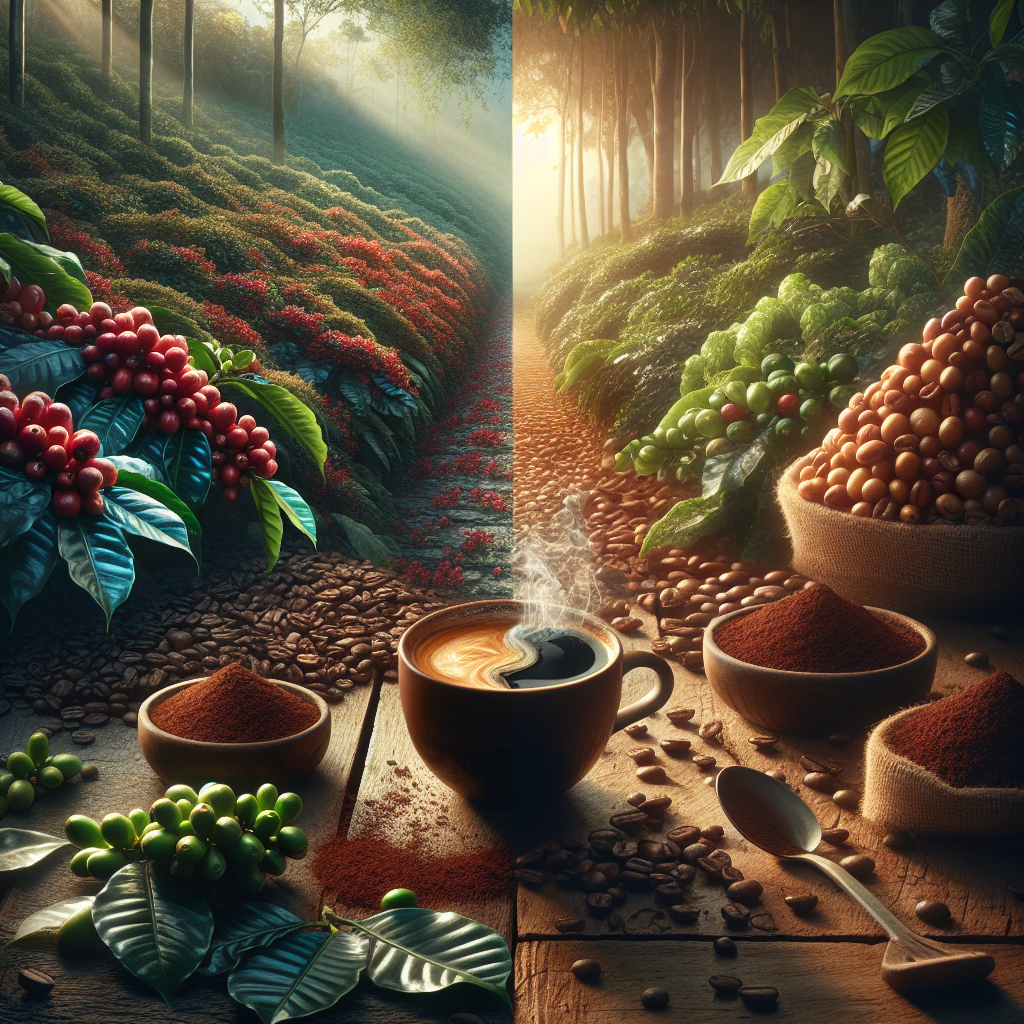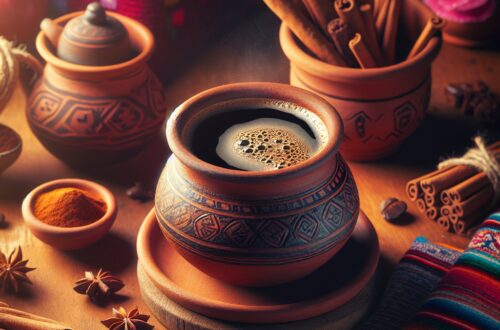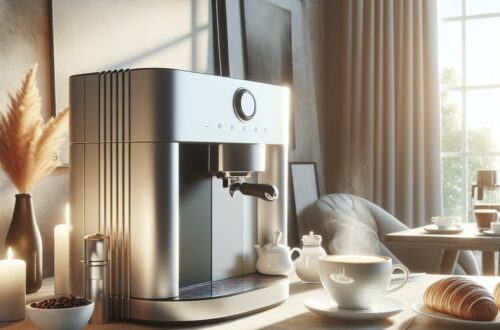“`html
The Difference Between Arabica and Robusta Coffee Beans: A Comprehensive Guide
When it comes to coffee, two primary varieties dominate the market: Arabica and Robusta. Understanding the distinctions between these two types can enhance your appreciation and selection of coffee. This guide aims to delve into various aspects to provide a detailed comparison.
Caffeine Content in Arabica vs Robusta Coffee Beans
| Coffee Type | Caffeine Content (%) | Stimulant Strength |
|---|---|---|
| Arabica | 1.2% | Moderate |
| Robusta | 2.7% | Strong |
1. Taste and Flavor Profile
Arabica coffee is renowned for its sweeter, softer taste, often marked by floral and fruity notes. The complexity and layers of flavor in Arabica beans are appreciated by coffee connoisseurs globally. On the other hand, Robusta exhibits a more robust flavor with a distinctly bitter profile often described as chocolatey. This bitterness in Robusta is higher compared to Arabica, giving it a consistent strong flavor that is less smooth.
2. Caffeine Content
Robusta beans contain approximately 2.7% caffeine, significantly higher than the 1.2% found in Arabica beans. This higher caffeine level not only makes Robusta a stronger stimulant but also impacts its flavor, adding to the bitterness. If you’re seeking a coffee that provides a noticeable energy boost and increased alertness, Robusta may be the better choice for you. However, it’s important to consider that higher caffeine content can lead to greater health effects.
3. Growing Conditions
Arabica plants thrive in higher altitudes between 3,000 and 6,000 feet, requiring cooler climates and richer soil conditions. In contrast, Robusta grows well at lower altitudes (0-600 meters), making it easier to produce in a broader range of environments. The elevation and temperature sensitivity of Arabica mean it is more delicate and requires specific growing conditions compared to the hardier Robusta plant.
4. Shape and Appearance
The physical characteristics of the beans also differ. Arabica beans are more oval and elongated, whereas Robusta beans are rounder and denser. The latter often appear darker in color. These differences in shape and density impact how the beans are roasted and processed, influencing the final cup’s flavor and quality.
5. Aroma
Arabica beans are celebrated for their complex aroma, which includes floral, fruity, and sometimes nutty scents. This pleasing fragrance is a significant factor in consumer preference for Arabica. In contrast, Robusta’s aroma is less developed and often described as earthy or woody. The strength and complexity of Arabica’s aroma play a crucial role in its popularity, especially in specialty coffee blends.
6. Acidity Levels
Arabica coffee tends to have higher acidity, contributing to its bright, wine-like qualities. This acidity provides a more vibrant taste experience, enhancing the coffee’s overall flavor profile. On the other hand, Robusta has lower acidity, resulting in a smoother but less fruity taste. The level of acidity can also impact the drinker’s digestion and is a key factor in selecting coffee for specialty and gourmet applications.
7. Cultivation and Yield
Arabica plants are more delicate and susceptible to disease, leading to a lower yield compared to Robusta. Robusta’s hardier nature allows it to produce more cherries per tree, making it easier to cultivate and more pest-resistant. These differences in cultivation impact farm management practices and economic strategies, influencing which variety farmers may choose to grow.
8. Market Value and Price
Due to their superior flavor quality and lower production rates, Arabica beans typically command a higher price in the market. This premium price reflects the demand for Arabica in specialty and gourmet coffee products. Conversely, Robusta beans, which are cheaper and easier to produce, are commonly used in instant coffee and espresso blends for added body and crema. The differing market values and production rates of these two varieties affect their economic viability for various coffee businesses.
Global Production Ratio
Arabica coffee accounts for approximately 60-70% of global coffee production, highlighting its popularity and demand. Robusta makes up the remaining 30-40%, indicating its significant but lesser presence in the coffee market. This production ratio reflects the consumer preference for Arabica’s superior flavor profile and aroma.
Usage in Coffee Products
Arabica is favored for specialty and gourmet coffee due to its complex flavor profile and pleasing aroma. It is commonly used in high-quality coffee products where flavor is paramount. Robusta, with its higher caffeine content and robust flavor, is frequently utilized in instant coffee and espresso blends to provide a stronger and more impactful coffee experience.
Ultimately, whether you prefer the complex flavors and higher acidity of Arabica or the robust, high-caffeine content of Robusta, understanding these differences can help you make more informed choices to suit your coffee preferences. Explore our coffee FAQ for more insights into the world of coffee.
“`
Shop at Breville now!
https://breville.oie8.net/oqDqrE
Shop Coffee Machine at Amazon now!
Click here!





